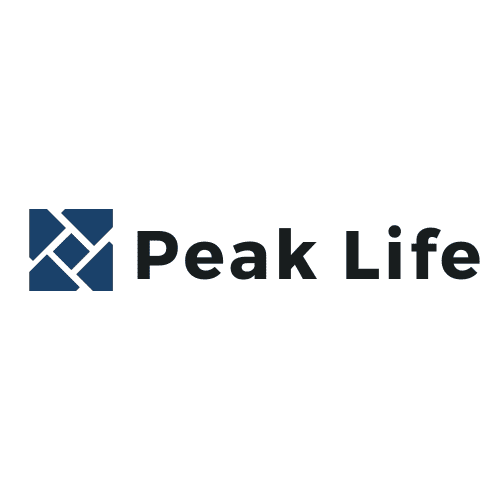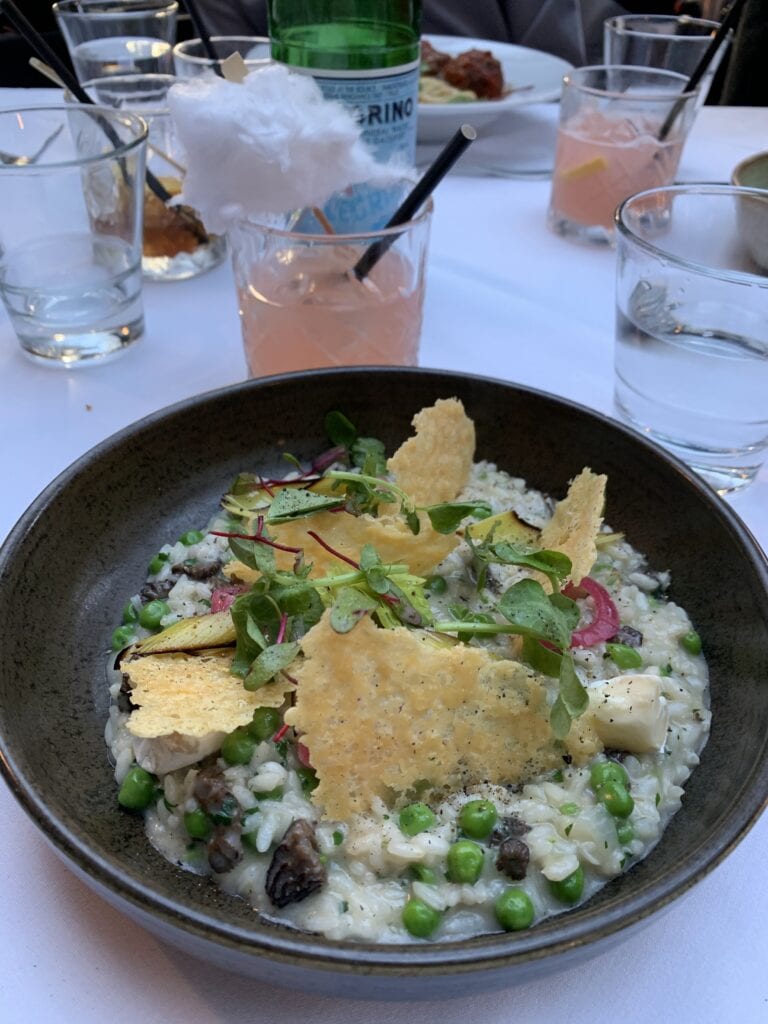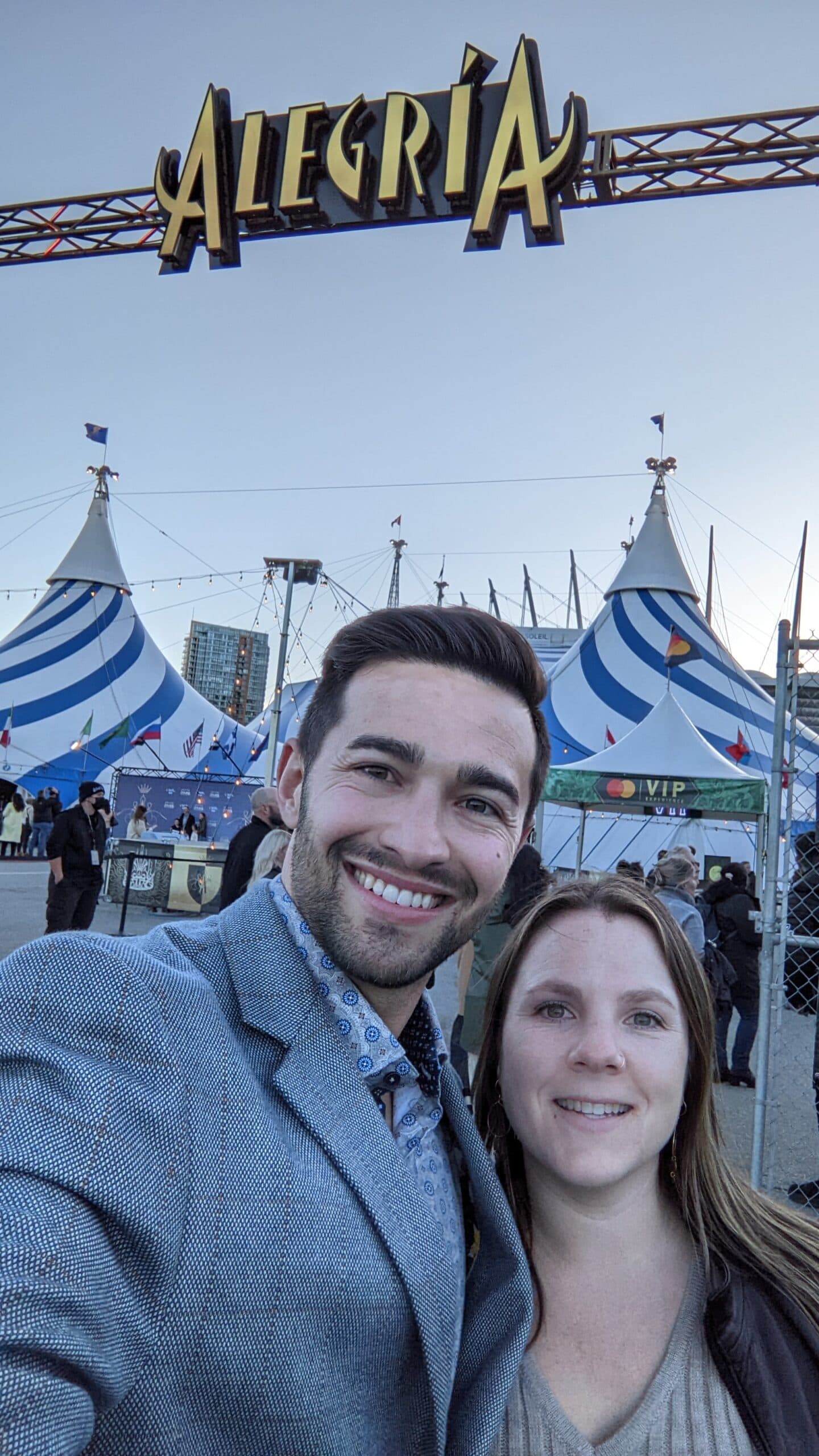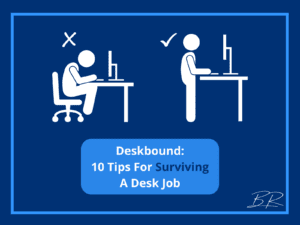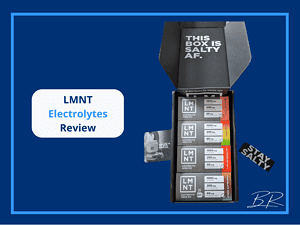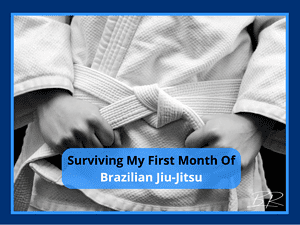Reflections on my first half marathon
This post contains affiliate links that help supports this blog and cost you the exact same. If you do not wish to use affiliate links, then feel free to google the product.
Why I wanted to run
I have never identified as a “runner.” In fact, I constantly thought of myself as a poor runner. In Crossfit, when runs would be programmed, they would be painful, and I would be slow. Even though I have done plenty of 5K and 10K runs, they never felt fun or easy. So, in an attempt to enjoy running, I decided it would be best to submerge myself completely. I needed to become a runner and finish a 21km half marathon.
Training for my first half marathon
I have found in the past that I am great at staying committed to a program for two months maximum. After that, I tend to lose focus. So, for the half marathon, I wanted to find the sweet spot of having enough training time but not so much that I lost interest. I figured eight weeks of dedicated training would be plenty.
Training Runs
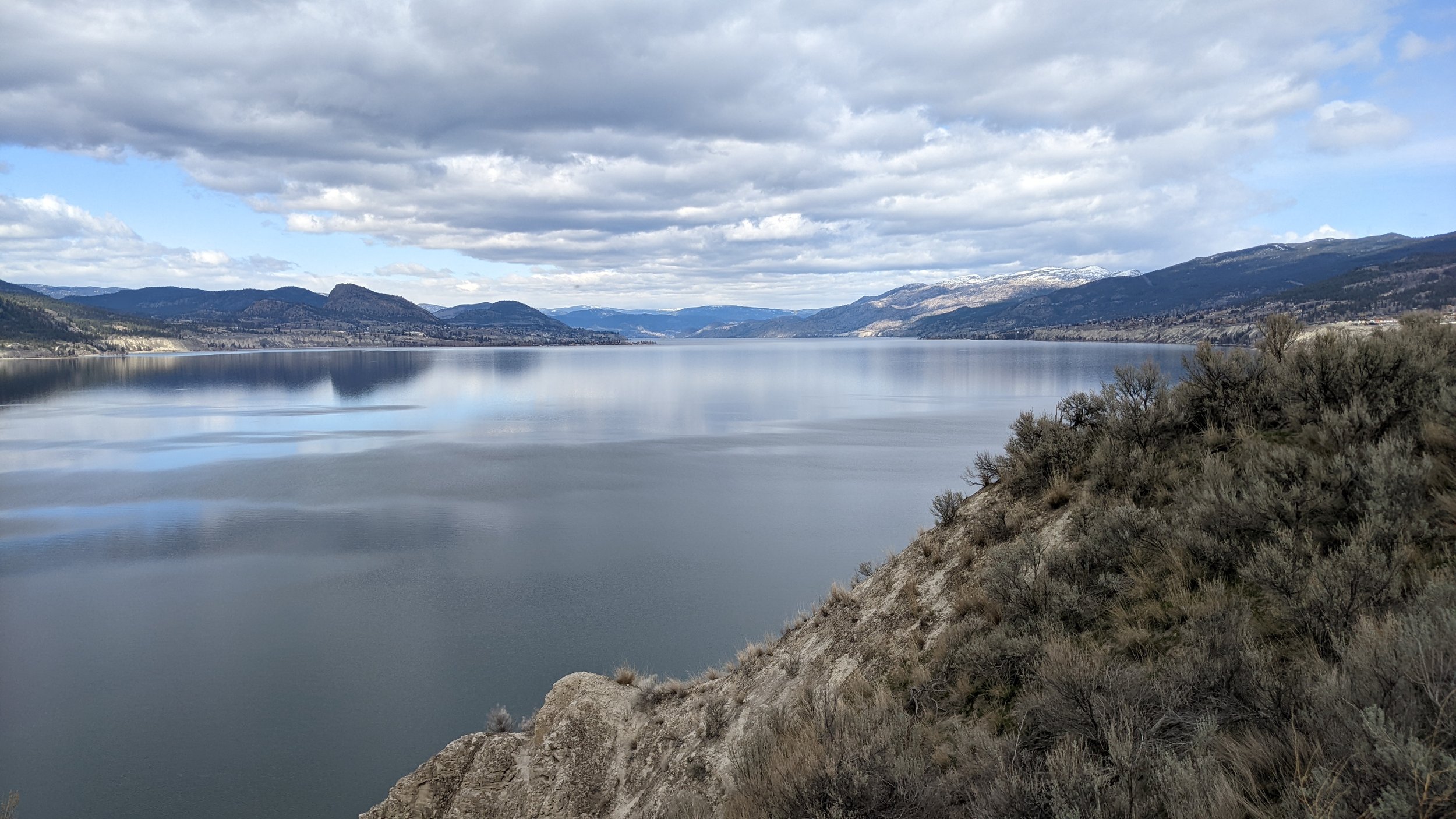
With my runs, I wasn’t trying to do anything fancy. Instead, the runs were simple with the goal of:
Keeping my heart rate low (within Zone Two) for me, this was under 150 BPM. By staying in zone two so that my body would metabolize fat, which is a more sustainable energy source than relying on carbohydrates, and improve my aerobic engine.
Doing 3-4 runs per week. Typically, a 5K, a 10K, and then a progressively longer one (10,12,14,16,18K) and depending on how I was feeling, a bonus run somewhere between 4-10K that I would try to run fairly fast.
Nutrition
When I started my training, I had lofty goals of running a sub-2-hour half marathon. I figured if I could drop some weight, it would be easier on all my joints and cardiovascular system. I have had easy past success losing weight by eating a moderate protein, low carbohydrate diet (paleo, keto, or animal-based). However, I was worried about how this would work with an endurance sport. I read Primal Endurance by Mark Sisson and The Low Carb Athlete by Ben Greenfield to learn more. Both books showed that many people were not only okay with low carb endurance but actually performed much better without the inflammation that is common in following a high carb diet.
The key to this was giving my body enough time to adapt to burning fat as a primary fuel source and keeping the energy requirements low enough to be supplied by fat metabolism and not require glucose.
What this meant in practice was I ran in Zone Two with my heart rate below 150 BPM, with most of my runs in a fasted state and eating low carb throughout training.
Injury Prevention
My biggest fear throughout the whole experience was getting injured in training or the race. Tweaking my neck or ankle and pulling a hamstring or a hip flexor were all worries at the top of my mind. To help prevent this, I made daily stretching a priority. I did the couch stretch, downward dog, neck stretches, pigeon pose, and any other hip or leg stretch I could think of. On top of that, I used my Theragun massager to work out knots at the end of most days.
Before each training run, I did my best to ensure:
I was hydrated (typically adding LMNT electrolytes to water),
My muscles were supple by doing dynamic stretches and using the Theragun,
I started each run painfully slow until my body was warm.
To improve both my efficiency and reduce the impact on my body, I embraced Pose running, which is the technique that we were all born using but slowly forgot as we relied on over-padded shoes with a significant heel drop. Pose running is all about using the ball of your foot to catch your body as it falls between every step, using the stored elastic energy in your body to effectively transition from strike to strike. This is much easier on the knees, ankles, and feet compared to the common heel strike technique, which sends jolts of impact up your leg on every step.
The plan failed
Even though I had a great plan for nutrition and my training, it all went sideways.
The first four weeks of training were great, but then I had laser eye surgery, which went flawlessly but took me out for one week. After this, I got Covid which took me out for almost two weeks. As I recovered from Covid, I noticed my heart rate would skyrocket, and I couldn’t properly breathe. On top of this, I lost my taste and sense of smell which somehow pushed me to become insatiable and eat all the Easter chocolate in our house. With 2-3 weeks of training gone and my diet trashed, I was feeling behind and knew I needed to adjust my expectations from a fast time to just having fun and not getting injured.
Gear
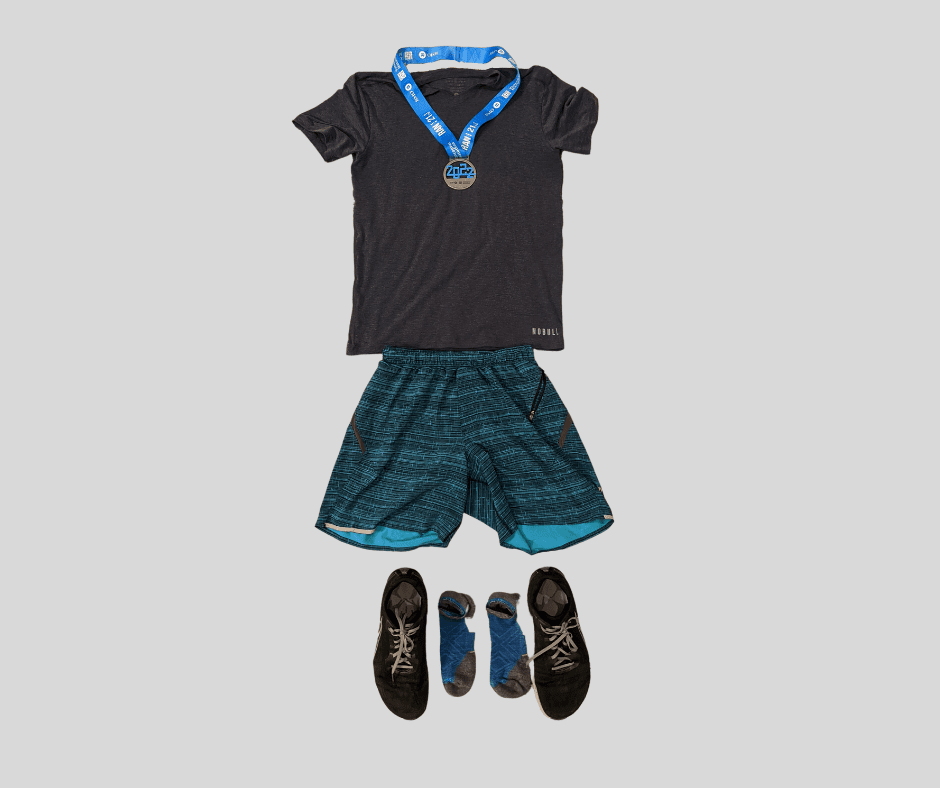
Finding the best gear setup was honestly just as hard (if not harder) than training.
I tried countless pairs of socks, numerous shirts, and every combination of shorts and underwear, all to find the perfect setup that was light and didn’t cause blisters.
In the end, I used a pair of:
- Altra Riveria running shoes (which I love),
- Smartwool Run socks,
- Lululemon liner shorts,
- and a Nobull trainer shirt.
- Water bottles were always a hassle, so I chose to leave those in the car and just have water before and after my runs.
- Lastly, I prefer to hear my footsteps, so I went with no music or headphones.
The Race
The night before
The race took place in Vancouver, which we hardly ever visit, so we decided to make an event out of the trip. We got tickets to Cirque Du Soleil (absolutely amazing) and had dinner with friends at Glowbal (also fantastic). Even though I was planning on staying low carb and getting a good night’s sleep, the risotto was too tasty, and Cirque went a little too late. Even though the experience was bad for the race, it was perfect for the soul.
Morning of
The morning of the race started early, a little too early. I was up at 5 am, hydrating with LMNT Citrus salt and trying to figure out the hotel coffee machine. I put on my gear, rolled out my feet with a lacrosse ball, and worked my calves, quads, and hamstrings with a foam roller.
My body temperature is typically on the warm side, so after much debate, I decided to go to the race in just my shorts and shirt with no sweater or gloves. I reasoned that I didn’t want a sweater that would overheat me or annoy me for 21kms. This was a mistake.
Getting to the race
After navigating the streets of Vancouver to the subway station and making friends with some very chipper runners, I was getting cold. The start of the race was a good 15-minute walk from the end of the subway station. I told myself that this was fine as I knew the race would start in 40 minutes, and I would soon be warm.
Delays
Unfortunately, the race did not start at 7 am like promised. Instead, there were 8000 people in the starting gates, ready to run and watching the time tick by, 7:10, 7:30, and 7:45. The unsure crowd morphed into a freezing and frustrated crowd waiting for some notice of why the race wasn’t underway. Eventually, people started looking online and found posts saying a suspicious package was found on the course and thought to be a bomb. Unfortunately, we were not told what was happening or when we would start. People ran to the bushes to pee and huddled together, trying to stay warm.
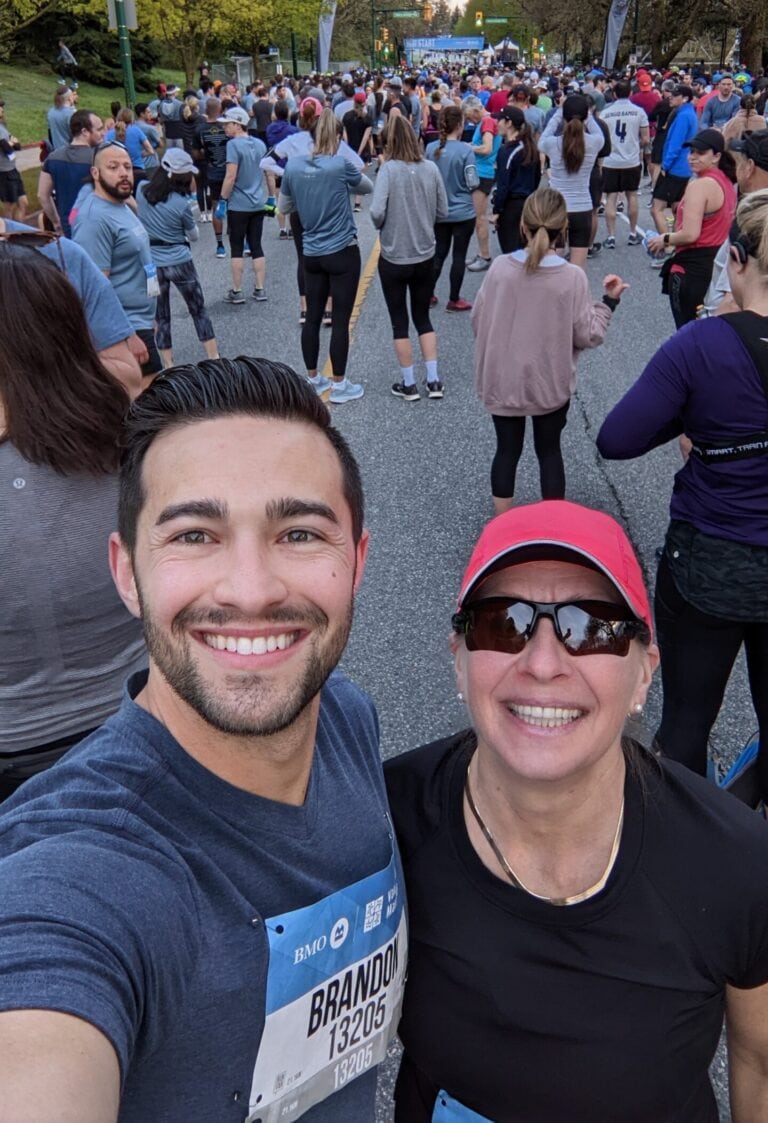
Pro tip: I found out on the starting line that many people wear old clothes they are planning on donating. They wear these to the race, and right before the race starts, they discard them to the side. All of the discarded clothing gets picked up and donated.
First 10k
Finally, at 8 am, the national anthem was sung, the rock music was cranked, and the crowd was energized. It was go time.
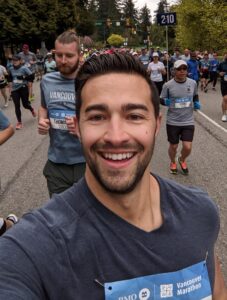
Coming out of Stanley Park and going through the harbor, I felt good and wanted to speed up. At this point, many people were dropping their pace, walking, or stopping and stretching sore calves. Many looked like they had seen better days.
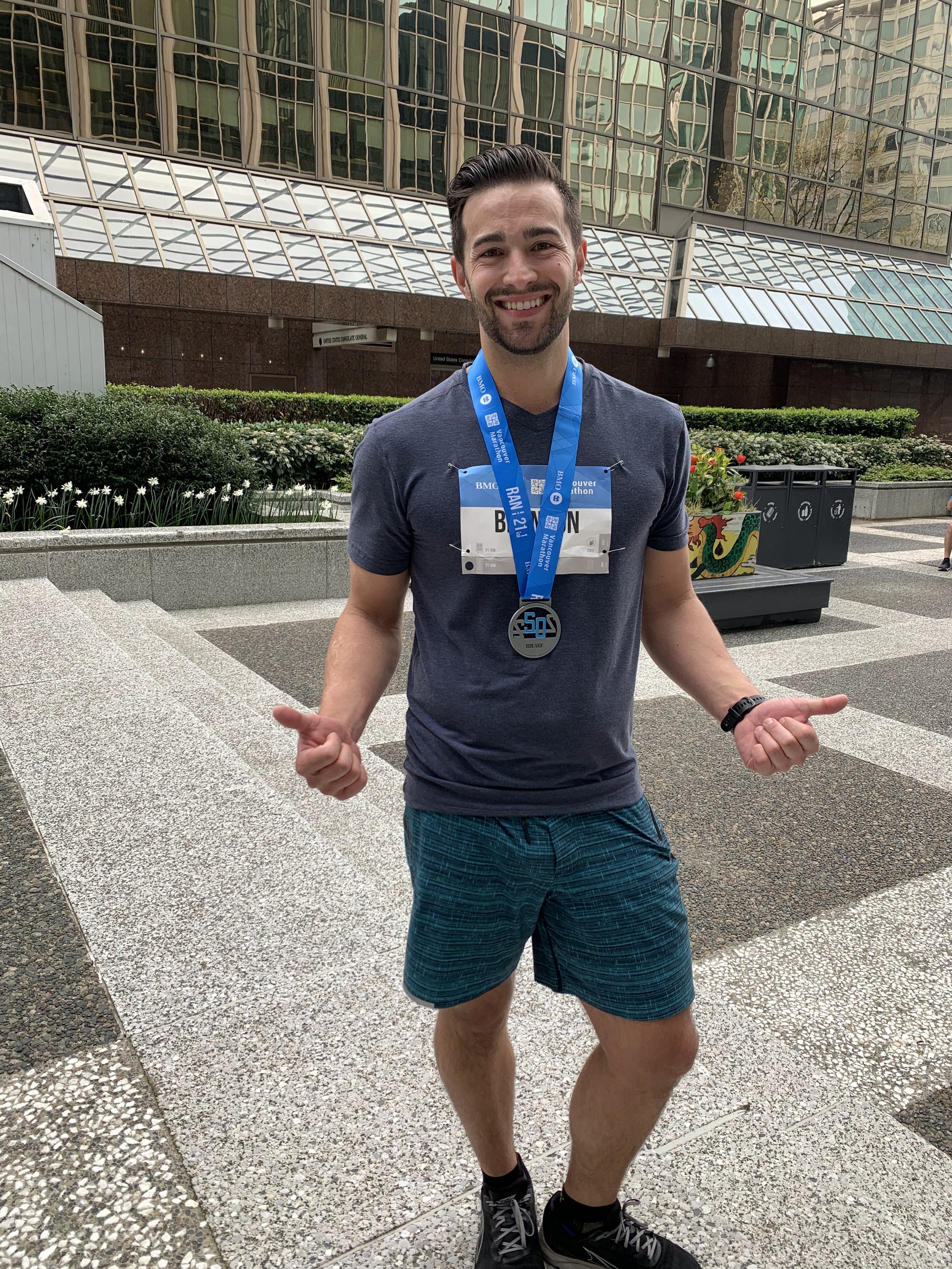
I sped up to a 6min/km pace for a while, and then with 3km left and still feeling great, I dug deeper and held a 5:30 pace. I pushed up the final hill, turned the corner onto Pender Street, and gave the last 400m everything I had, crossing the finish line with a full heart and massive smile.
How I felt after the race
After the race, I was certainly tired but had no real pain other than three little blisters. We went for a celebration meal to Jam Café, where I had Chicken and Waffles (it was well worth the hour+ long wait in the line). We spent the rest of the day seeing sights and enjoying downtown Vancouver. I think by constantly moving and not just sitting down, my body had time and a reason to flush out the lactic acid instead of seizing in pain.
What I am proud of
I am proud of running a half marathon. It is the furthest I have ever run, and I did it without injury and enjoyed every step. I finished in 2:09, which I am very happy with as I decided before the race a 2:30 time would be acceptable. Going outside of my comfort zone and running, signing up for an organized event, and completing it makes me feel like I have grown as a person.
What I would have done differently
Next time I would have experimented with getting better socks earlier. I used one pair of bad socks after another on my training runs, which caused more blisters on a 10k run than I got on the 21k. I would commit to staying stricter with my nutrition program. I’ll blame this on Covid and Easter chocolate, but I think I would have felt even better and ran even faster had I been a bit leaner and trained more as fat adapted. Finally, I would have worn warmer clothes for the race day and then just left them on the course to be donated.
All in all, it was an incredible experience, and I would highly recommend it if you are considering doing a run. I went from struggling on a 10K to loving the entire 21K run. If you have any questions, please send me an email, and I would love to help.
